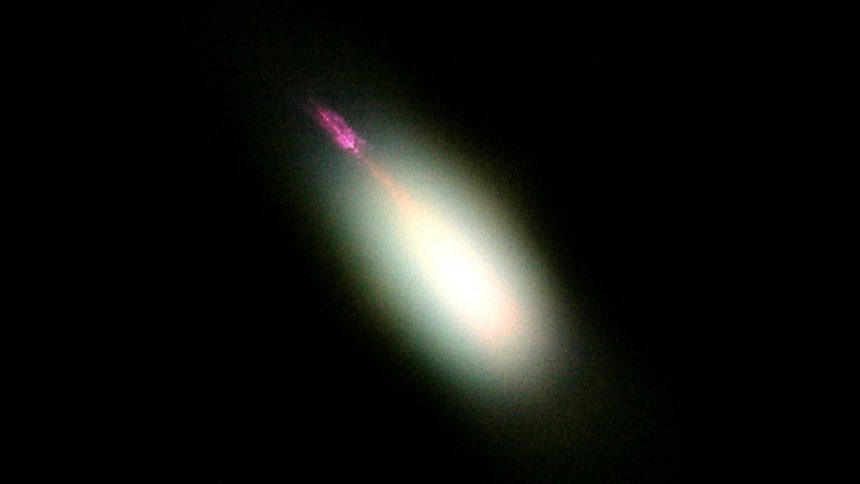In the Laser Wakefield Acceleration (LWFA) process process, a laser pulse or pulse train excites longitudinal plasma wave that can support extremely large accelerating electric fields, exceeding by three orders of magnitude those achievable with standard radio-frequency accelerators like those available at CERN or other accelerator facilities. With the major breakthrough on laser-plasma acceleration, showing 100 MeV scale mono-energetic electron acceleration over a few cm [Mangles, 2004; Geddes C., 2004; Faure J., 2004], maximum reachable energies are already in the 5 GeV range and continue to increase [Kim, 2017]. Currently, major effort is also devoted to enhancing the quality control of LWFA electron beams, to lower energy spread, emittance and transverse size, so as to enable staging up to TeV ‘scales or for high-brightness sources [Changhai, 2016]. A world-scale collaboration, involving the large EuPRAXIA European (H2020) consortium, is based on these developments with the aim to design and build the first, plasma-based industrial accelerator with superior quality, X-ray Free Electron Laser using the new objective technology. This effort has the great perspective of overcoming the size and cost limitations of X-ray FELS currently relying on large RF accelerators to generate the required electron beam.

